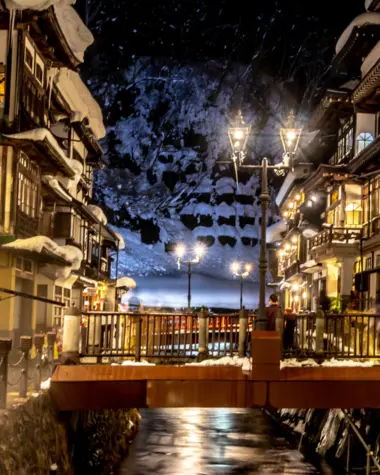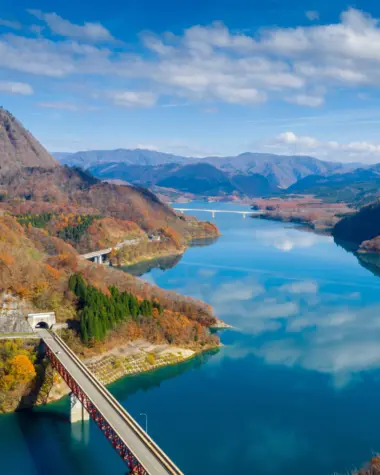Tohoku Guide
The Tohoku region consists of the north east part of the main island of Honshu including the six prefectures of Aomori, Akita, Iwate, Yamagata, Miyagi and Fukushima.
The Japanese region of Tohoku
The Tohoku region consists of the north east part of the main island of Honshu.
Tohoku includes the six prefectures of Aomori, Akita, Iwate, Yamagata, Miyagi and Fukushima.
The Tohoku area has from historical times been one of the relatively less developed parts of Japan. Tohoku was historically occupied by the Emishi, before they were defeated by the Yamato during the Nara and Heian periods and driven north into Hokkaido or subjugated where they were.
The region is marked by long and severe winter weather with cooler and more pleasant temperatures in summer.
The Tohoku region's early history is dominated by its remoteness as the central authorities based in the center of Japan around Kyoto sought to impose their control from the 7th century on.
The north east coast of Tohoku was devastated by the 2011 Tohoku earthquake and tsunami. Much of the damaged infrastructure and housing have been rebuilt but the Fukushima Daiichi Nuclear Incident is still ongoing with an exclusion zone still in effect around the damaged plant.
Main towns and places of interest of Tohoku
- Sendai - Among the largest cities in Japan, Sendai is bordered by mountains to the west and the sea to the east, making it very attractive.
- Kakunodate - Formerly a walled city of the Edo era, Kakunodate is a city known for its samurai. It is a must-see place to discover one of the most popular periods in Japan.
- Hirosaki - Here, find many architectural reminders of the Meiji and Edo Eras, including the Hirosaki Castle.
- Akita - In summer, visitors and tourists come to attend the Kanto Summer Festival, one of the 3 biggest in the region.
- Oirase Gorge - Located in Aomori Prefecture, this is one of the most beautiful river valleys in Japan, especially in autumn when the leaves turn bright red.
Tohoku Access
- By airplane
There are regional airports in Akita, Aomori, and Sendai which is the largest and most important of the three.
- By boat
There are a number of ferry services operating to and from various ports in Tohoku. There is a ferry that connects Sendai to Tomakomai in Hokkaido and another one that connects Tsuruga, Niigata and Akita to Tomakomai.
- By train
The Tohoku region is accessible with the Tohoku Shinkansen from Tokyo Station to Shin-Aomori Station in Aomori Prefecture is the longest Shinkansen line in Japan.
The Hokkaido Shinkansen runs from Shin-Aomori Station to the northern tip of Tohoku, as well as to Aomori, Hakodate, and finally Hokkaido, via the Seikan Tunnel that connects Honshu to Hokkaido.
- By bus
All major cities in Tohoku have day and night buses to Tokyo. Many small towns have at least one daily highway bus connection to Tokyo.

















